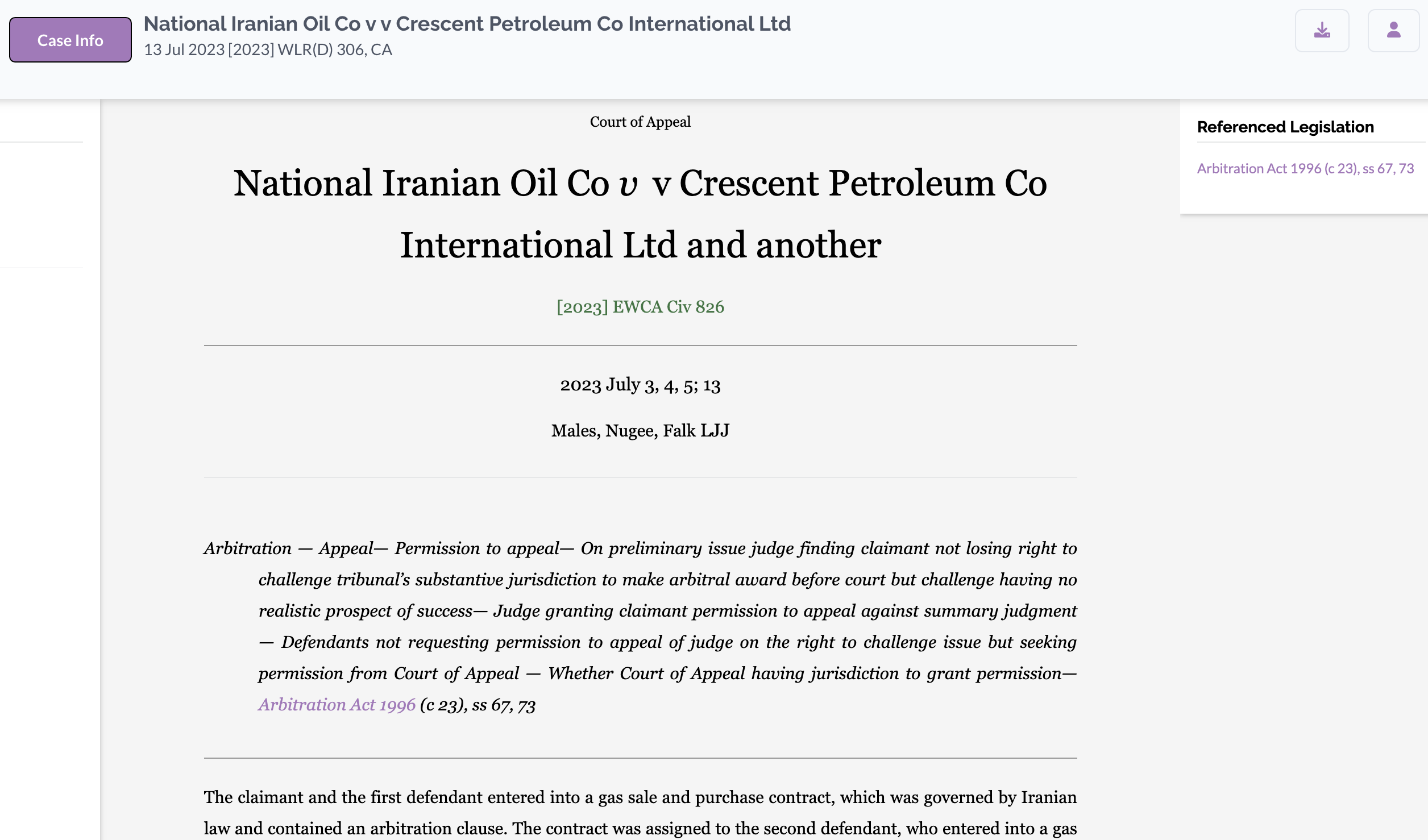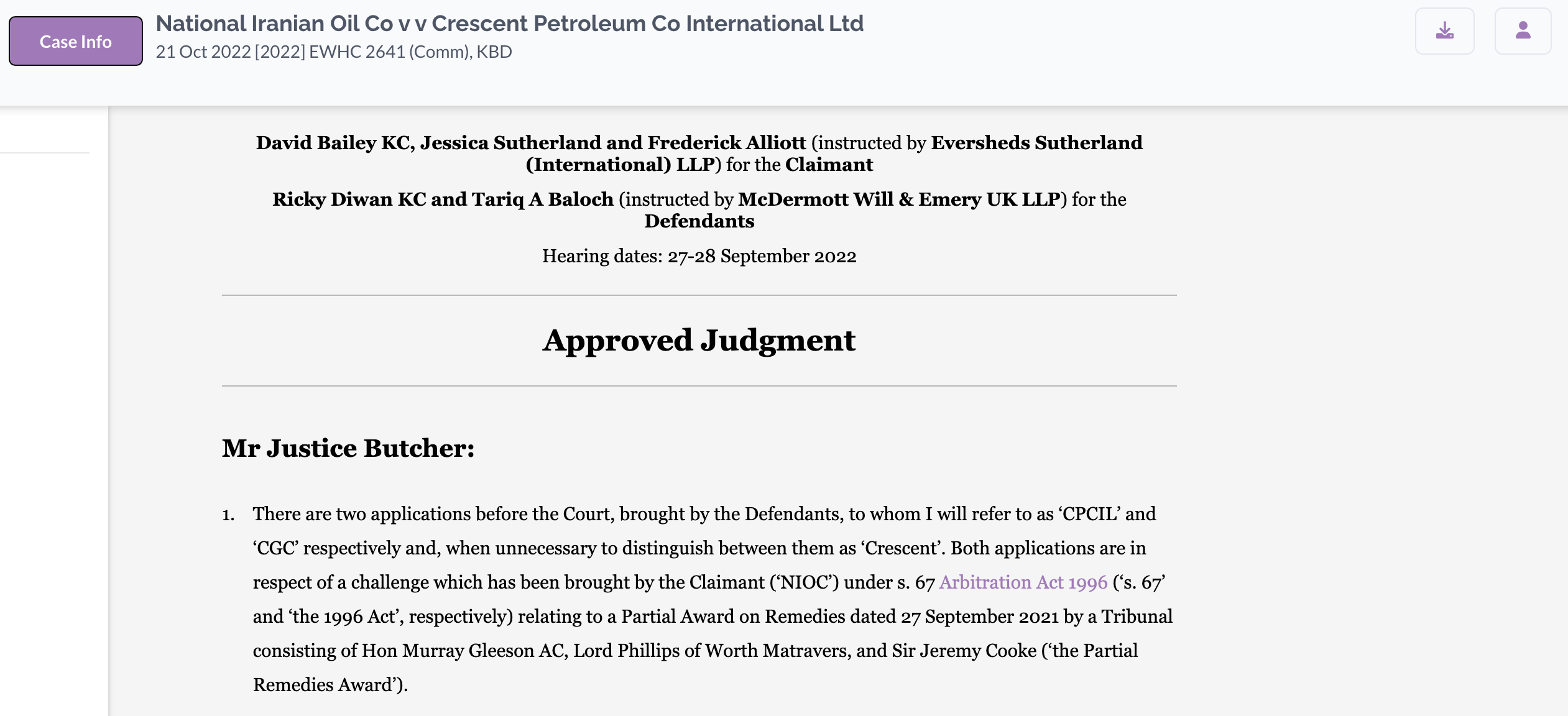Looking for legislation?

Selecting Legislation from the main menu brings up the Legislation search page:

The legislation search form allows you to search for any current UK statutes, statutory instruments and retained EU legislation published by The National Archives on legislation.gov.uk, the official online source of UK legislation. The search retrieves the latest updated version from The National Archives and displays it on our website.
All primary legislation from 1988 to the present day is available on this site, as well as most pre-1988 primary legislation that is still in force and most local, private and personal Acts. (For more about how these are numbered, see below.)
You can search by title (including the year if you have it), or separately by year, or range of years/dates of enactment, by number, or by any words or phrases included anywhere in the text of the publication.
You can also filter the search by language (English or Welsh), or by legislation type: the default search includes primary and secondary UK legislation but not retained EU legislation, but any combination can be selected.
For searches by title, bear in mind that a statute with a common name, such as “Companies Act”, may bring in multiple results from different years, as well as statutory instruments amending or brining different parts of a statute into force.
If sufficient results are generated, these may be displayed over more than one page, as indicated in the page selector:

Legislation numbers
Statutes
Statutes (Acts of Parliament) have traditionally been numbered using chapter numbers. For a modern statute, this will typically be presented with the abbreviation “c” and a number in brackets after the statute name: Companies Act 2006 (c 46). This enactment may alternatively be cited by calendar year and chapter number, as 2006 c 46.
Before 1962, statutes were cited by reference to the regnal year of enactment, rather than the calendar year. You had to know in which parliamentary session of a monarch’s reign the statute had been made. A good example of the format was the statute which ended the practice: Acts of Parliament Numbering and Citation Act 1962 (10 & 11 Eliz 2, c 34).
Before the Short Titles Act 1896 (59 & 60 Vict, c 14) statutes were commonly known by regnal year and chapter number alone. The 1896 Act conferred short titles on most statutes still in force at that date which did not already have one.
So for example, the Treason Act 1351 is the short title of what was originally called the “Declaration what Offences shall be adjudged Treason” and as the second chapter in the fifth statute made in the 25th year King Edward III, should be cited 25 Edw 3, stat 5, c 2.
Since 1896 all statutes have had short titles, and since 1963 they have been numbered by calendar year.
Devolved legislation
Acts of the Scottish Parliament are numbered in the same way as UK statutes but use the abbreviation “asp” instead of “c”. Thus the Moveable Transactions (Scotland) Act 2023 (asp 3) may also be cited as 2023 asp 3.
Acts of the Welsh Parliament or Senedd Cymru are numbered using the abbreviation “asc”. Thus the Historic Environment (Wales) Act 2023 (asc 3) may also be cited as 2023 asc 3.
Acts of the National Assembly of Wales are numbered using the abbreviation “anaw”. Thus the Children (Abolition of Defence of Reasonable Punishment) (Wales) Act 2020 (anaw 3) may also be cited as 2020 anaw 3.
Measures of the National Assembly of Wales are numbered using the abbreviation “nawm”. Thus the Education (Wales) Measure 2011 (nawm 7) may also be cited as 2011 nawm 7.
Acts of the Northern Ireland Assembly are numbered using chapter numbers in the same way as UK legislation. Thus the Climate Change Act (Northern Ireland) 2022 (c 31) may also be cited as 2022 c 31.
Church of England measures
Measures passed by the General Synod of the Church of England are cited by year and number, eg the Safeguarding and Clergy Discipline Measure 2016 (2016 No. 1).
Private and Local Acts
Some old private Acts of Parliament can be found using the legislation search, eg Marquis of Downshire’s Estate Act 1800 (39 & 40 Geo 3, c 113).
Likewise, local Acts can be found via the search, but they are numbered using small roman numerals: eg the Tyne and Wear Passenger Transport Act 1989 (c xiv).
Secondary legislation
Statutory instruments are numbered by year and number, usually after the title: The Windsor Framework (Retail Movement Scheme) Regulations 2023 (SI 2023 No. 896) which can also be expressed as (SI 2023/896) as it now appears in ICLR case reports.
Procedural rules, such as the Civil Procedure Rules (CPR) are also made as secondary legislation, though not always referred to by their full reference: The Civil Procedure Rules 1998 (SI 1998 No. 3132 (L.17))
Many statutory instruments deal with ancillary matters relating to a statute, such as commencement (the date when different parts of the Act come into force) and extent (the in difference parts of the United Kingdom to which they apply).
Legislation cited in judgments
Where legislation is considered by a case or cited in a judgment, a link will be provided. This is coloured purple in the text and saves the user the trouble of having to copy the title and search for it themselves. The link may appear either in the Referenced Legislation box (top right) alongside a case report:

Or it may appear in the body of the text of the report or judgment transcript.

This includes not just UK legislation but also most kinds of European Union legislation. (Pre-Brexit EU legislation may also be searched in the form of Retained EU legislation via the search box described above.)
